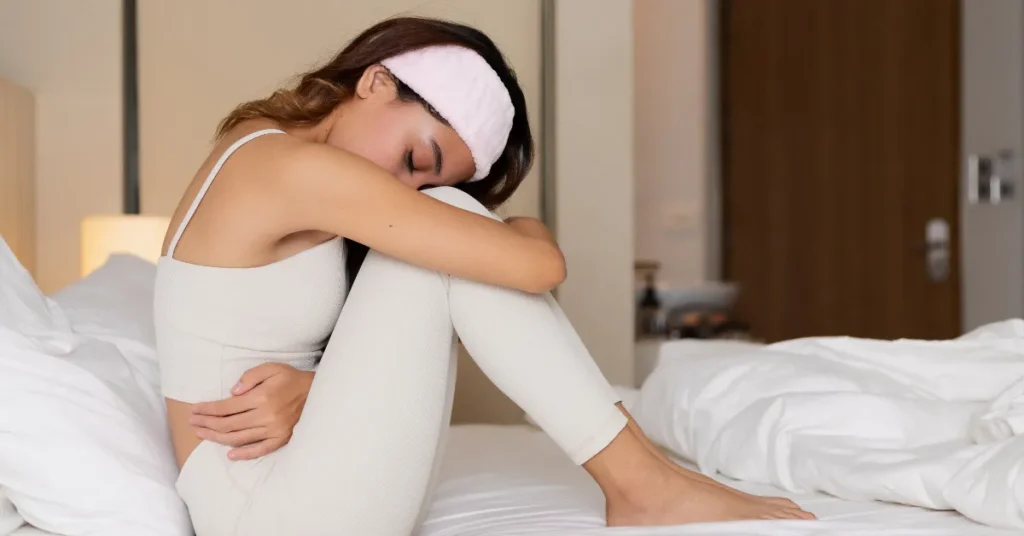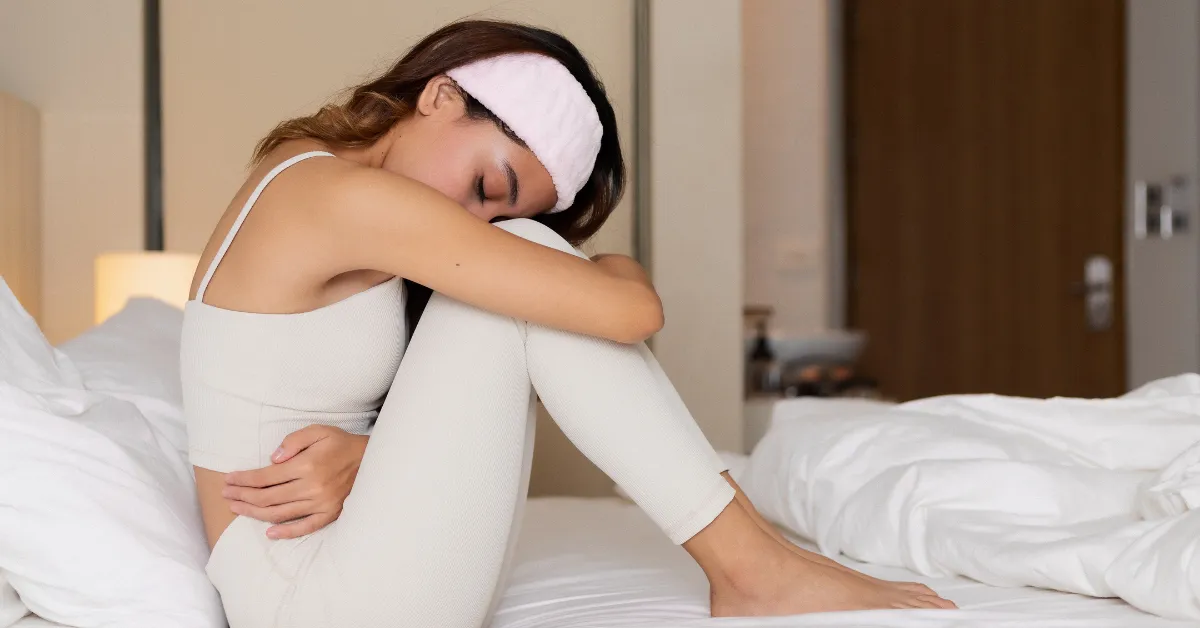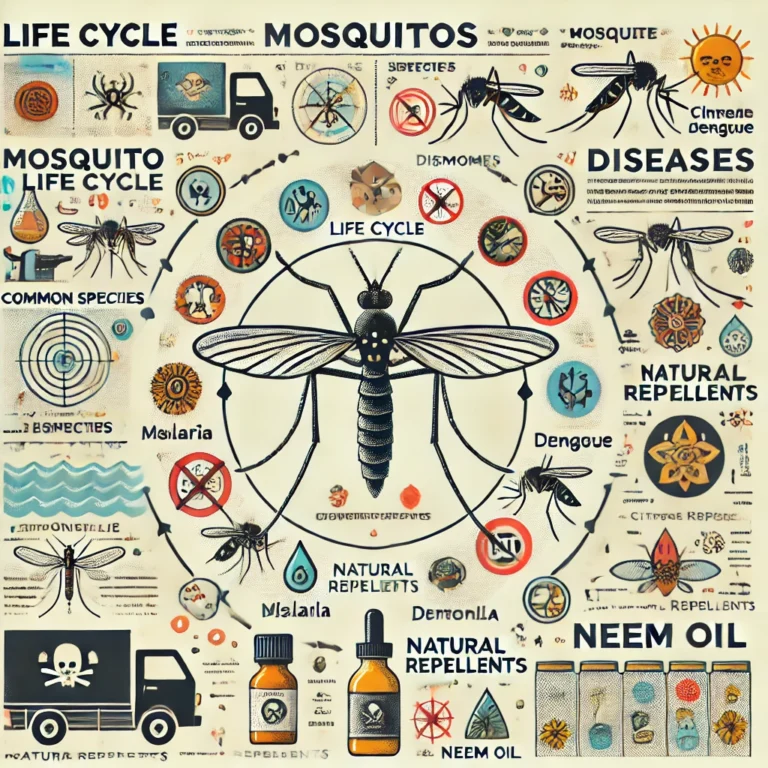How to Stop Period Pain Instantly at Home
How to Stop Period Pain Instantly at Home. Period pain, medically known as dysmenorrhea, affects millions of women worldwide, often disrupting daily activities and overall quality of life. While severe cases may require medical intervention, there are numerous evidence-based home remedies that can provide instant relief from menstrual cramps. This comprehensive guide explores the most effective methods to stop period pain instantly using natural, accessible techniques you can implement at home.
Understanding Period Pain
During menstruation, the uterus contracts to shed its lining, and these contractions can cause pain ranging from mild discomfort to severe cramping. The pain typically occurs in the lower abdomen but can radiate to the lower back, groin, and upper thighs. Understanding the mechanism behind period pain helps us target the most effective relief methods.
Why Are Period Cramps Painful?
Dysmenorrhea is caused by compounds in the body known as prostaglandins. Before menstruation starts each month, the level of prostaglandins in the lining of the uterus increases.
Your prostaglandin level is its highest on the first day of your menstrual period, which is why menstrual pain is usually worse then. As your period progresses and the lining of the uterus is shed, prostaglandin levels decrease and pain generally subsides, says Jian Jenny Tang, MD, an assistant professor of obstetrics, gynecology, and reproductive science at the Icahn School of Medicine at Mount Sinai and an ob-gyn at Mount Sinai Hospital in New York City.

Reasons to Stay Ahead of Period Pain
Menstrual cramping and pain tend to be worse on the day before your period starts and continue into the first day. If you know your period is coming, you can take steps early to try to decrease the severity of the pain. A plan of action and supplies can make things easier, especially when you’re away from home.
Instant Relief Methods
1. Heat Therapy – The Gold Standard
Scientific Evidence: Research published in medical journals shows that heat therapy can be as effective as ibuprofen for treating menstrual pain. A systematic review found that heat patches had a more favorable effect on pain severity compared to analgesic medication.
How to Apply:
- Place a heating pad on your lower abdomen for 15-20 minutes
- Use a hot water bottle wrapped in a thin towel
- Take a warm bath (water temperature around 100-104°F)
- Apply heat patches designed for menstrual relief
Why It Works: Heat helps relax the uterine muscles and surrounding tissues, improving blood flow and reducing muscle contractions that cause cramping (Medical News Today).
2. Targeted Abdominal Massage
Instant Technique:
- Lie down comfortably with knees bent
- Using gentle circular motions, massage your lower abdomen with moderate pressure
- Focus on the area below your navel and above your pubic bone
- Continue for 5-10 minutes
Enhanced Version: Add essential oils like lavender, ginger, or peppermint to a carrier oil. Research indicates these oils can provide additional pain relief when used in massage Medical News Today.
3. Strategic Positioning and Stretching
Child’s Pose Relief:
- Kneel on the floor and sit back on your heels
- Lean forward, extending your arms in front of you
- Rest your forehead on the ground
- Hold for 30 seconds to 2 minutes
Knee-to-Chest Position:
- Lie on your back and pull one knee toward your chest
- Hold for 30 seconds, then switch sides
- This helps stretch the lower back and pelvic muscles
4. Gentle Movement and Exercise
Contrary to the urge to remain sedentary, light exercise can provide immediate pain relief by releasing endorphins – the body’s natural painkillers.
Instant Relief Exercises:
- Take a 10-15 minute gentle walk
- Perform light stretching or yoga poses
- Try pelvic tilts while lying down
- Do slow, controlled breathing exercises
Mayo Clinic research confirms that physical activity helps ease menstrual cramps for many women.

Natural Pain Relief Drinks
Herbal Teas for Instant Relief
Ginger Tea: Studies show that 250mg of ginger powder can be as effective as ibuprofen for pain relief. Grate fresh ginger into hot water and steep for 5-10 minutes.
Chamomile Tea: Contains anti-inflammatory compounds that help relax muscles and reduce pain.
Cinnamon Tea: Research indicates cinnamon can effectively reduce pain intensity and shorten pain duration.
Hydration for Pain Relief
Dehydration can worsen cramping. Drink plenty of warm water throughout the day, as it helps:
- Reduce bloating
- Improve blood circulation
- Prevent muscle tension
Pressure Point Therapy
Instant Acupressure Techniques
Spleen 6 Point:
- Located on your inner leg, about 3 finger-widths above your ankle bone
- Apply firm pressure for 1-2 minutes on each leg
- This point is traditionally used for menstrual pain relief
Lower Back Pressure Points:
- Apply pressure to points on either side of your spine at the level of your hipbones
- Use your thumbs or ask someone to help apply pressure
- Hold for 30-60 seconds
Breathing and Relaxation Techniques
Deep Breathing for Instant Relief
4-7-8 Breathing Technique:
- Inhale through your nose for 4 counts
- Hold your breath for 7 counts
- Exhale through your mouth for 8 counts
- Repeat 4-8 times
This technique activates the parasympathetic nervous system, reducing pain perception and muscle tension.
Progressive Muscle Relaxation
- Lie down comfortably
- Tense and then relax each muscle group, starting from your toes
- Focus particularly on your abdominal and pelvic muscles
- This helps break the pain-tension cycle
Quick Dietary Interventions
Anti-Inflammatory Foods
Consume foods that naturally reduce inflammation:
- Fatty fish rich in omega-3s
- Leafy green vegetables
- Berries and cherries
- Nuts and seeds
Foods to Avoid
During your period, limit:
- Processed foods high in sodium
- Refined sugars
- Excessive caffeine
- Alcohol
These can increase inflammation and worsen cramping.
When to Seek Medical Help
While home remedies are effective for most women, consult a healthcare provider if you experience:
- Severe pain that interferes with daily activities
- Pain that worsens over time
- Heavy bleeding with large clots
- Pain that doesn’t respond to over-the-counter medications
- Irregular periods or bleeding between periods
Mayo Clinic recommends seeking medical attention for these symptoms as they may indicate underlying conditions like endometriosis or fibroids.
Creating Your Instant Relief Kit
Essential Items to Keep Handy:
- Heating pad or hot water bottle
- Essential oils (lavender, ginger, peppermint)
- Herbal teas (ginger, chamomile, cinnamon)
- Comfortable pillows for positioning
- Light snacks (bananas, nuts, dark chocolate)
Prevention Strategies
Long-term Management
- Maintain regular exercise routine
- Practice stress management techniques
- Consider magnesium and vitamin B6 supplements
- Track your cycle to prepare in advance
- Maintain a healthy diet rich in anti-inflammatory foods
Scientific Support and Safety
The remedies outlined in this article are supported by peer-reviewed research and medical literature. A systematic review of heat therapy studies showed significant effectiveness for primary dysmenorrhea, while research on herbal medicines like ginger and cinnamon demonstrates their pain-relieving properties.
What causes menstrual cramps?
To understand why period cramps happen, it helps to take a step back and consider why we even have a period in the first place.
“As part of the normal reproductive cycle, a woman’s body prepares for pregnancy every month. Perhaps the most well-known part of this process is menstruation, also called a period, which is when the uterus sheds its lining,” explains Dr. Borchardt. “The purpose of this is to help prepare the uterus for receiving and nourishing a fertilized egg.”
With this shedding comes the release of blood and tissue from inside the uterus.
But periods also come with symptoms ranging from annoying to painful, including cramps.
“In order to shed its lining, the muscles and blood vessels in the uterus contract. These contractions can cause cramping in the lower abdomen and back,” says Dr. Borchardt. “Period cramping can feel differently for different women. Some have only mild discomfort, while others experience severe pain that can make everyday tasks difficult.”
After menstruation — which lasts anywhere from three to seven days — your uterine lining regrows and thickens. As more time passes, ovulation occurs.
“If no fertilized egg is present after ovulation, it’s a signal to your body that it’s time to start the menstrual cycle over again,” adds Dr. Borchardt.
And the cycle continues.
How to relieve period cramps fast at home
Here are five ways to help get relief from menstrual cramps:
1. Apply heat
“Heat can help relax the muscles contributing to cramping, so applying heat to your abdomen or back can help relieve your pain,” says Dr. Borchardt.
Using a heating pad or soaking in a warm bath are great ways to ease period pain, but you can also use heating patches if you’re looking for a discrete, on-the-go way to get relief.
2. Take a pain reliever
Since period cramps are painful, it’s probably fairly obvious that pain relievers make the list of remedies.
But, when it comes to period cramps, are all pain reliever options created equal?
“Different classes of pain relievers work differently. For period pain, NSAIDs (non-steroidal anti-inflammatory drugs) are likely to work best since they can reduce prostaglandins — the hormones that stimulate the contractions leading to menstrual cramps,” explains Dr. Borchardt.
Ibuprofen (Advil) and naproxen (Aleve) are examples of NSAIDs. Just be sure to take each of these medications according to the label’s instructions.
“Acetaminophen (Tylenol) may also help dull your pain, but it doesn’t actually address any of the inflammation that might be contributing to the severity of your period cramps,” adds Dr. Borchardt.
. Exercise
When you’re in pain, you may think it’s best just to relax and get some rest. But physical activity is actually a natural pain reliever.
“Exercise stimulates the release of endorphins, which are chemicals produced by the body that help block the perception of pain,” says Dr. Borchardt.
Plus, exercise is also a great way to reduce stress — which also happens to affect how you feel pain.
4. Take steps to reduce stress
“Stress affects your body in many ways, including lowering your threshold for pain,” says Dr. Borchardt.
Reducing stress is easier said than done, of course, but taking steps to do so can help you find relief from period cramps.
In addition to exercise, here are several ways to reduce stress:
- Yoga
- Deep breathing exercises
- Meditation
- Counseling
5. Get your vitamins and minerals
Eating a healthy diet may be yet another way to relieve period pain, since certain vitamins and minerals have been suggested to help reduce cramps.
“More research is needed, but some evidence shows that vitamin B1, also called thiamin, and magnesium may help reduce period cramps. These are two vitamins and minerals that most adults typically get plenty of through a healthy diet,” says Dr. Borchardt.
Foods rich in vitamin B1 and magnesium include:
- Nuts and seeds
- Whole grains
- Legumes, including beans, lentils and chickpeas
- Spinach
- Cauliflower
- Kale
- Avocado
- Asparagus
- Oranges
Conclusion
Period pain doesn’t have to control your life. These evidence-based home remedies can provide instant relief when implemented correctly. The key is finding the combination of techniques that works best for your body. Heat therapy, gentle massage, strategic positioning, and natural supplements form a powerful arsenal against menstrual pain.
Remember that while these methods are generally safe and effective, severe or persistent pain should always be evaluated by a healthcare professional. With the right approach, you can manage period pain effectively and maintain your quality of life throughout your menstrual cycle.
Start with the heat therapy and massage techniques for immediate relief, then incorporate the other methods as needed. Keep track of what works best for you to develop a personalized pain management strategy that provides consistent, instant relief month after month.
Ways to help relieve Period Pains
Luckily, there are things you could try to help relieve pain during your period, including remedies and lifestyle measures.
Applying Heat
Some studies have shown that heat therapy may help to reduce period pains for some women during their periods. Putting a heat pad or hot water bottle on your tummy (wrapped in a tea towel to avoid burning or scalding your skin), may help reduce period pains. It’s thought that heat may help by increasing blood flow to the area where it’s applied, and by interfering with pain signals from the area to the brain. Taking a warm bath or shower may also help.
Massage the Area
Another self-help method that some women find helpful, is massage. You could either ask someone else to gently rub or massage your back and lower abdomen or you might find that massaging your own abdomen, may help bring relief.
Regular Exercise
Some gentle, low intensity exercise like yoga, swimming, walking or cycling could also help reduce period pain. Some women find that regular exercise also helps with symptoms of premenstrual syndrome (PMS)
Premenstrual syndrome can interfere with your daily activities. It can include physical symptoms such as:
- Tender or swollen breasts
- Bloated tummy
- Swollen hands or feet
- Weight gain
- Increased headaches
PMS can also affect a woman emotionally (such as her mood, anxiety, confidence and tension) and her behaviour (such as her thinking and attention).
Relaxation
Trying exercise relaxation programmes before your period is due and on the first few days, may help relax the muscles and improve blood supply to the area of your abdomen, where your uterus is (pelvis).
Stop Smoking
Smoking is thought to increase the risk of experiencing period pain as it may reduce oxygen to the pelvis . Cutting down or stopping smoking can improve your general health, including your physical and mental wellbeing. It may also improve blood flow to muscles and reduce your risk of disease like stroke, cancer, lung and heart disease.
Over-the-Counter Painkillers
If you are experiencing period pain, you can also try taking over the counter (OTC) painkillers to help ease your symptoms. NSAID Medicines with anti-inflammatory properties can be helpful. Paracetamol is another option for period pain. Ibuprofen is an NSAID medicine with anti-inflammatory properties and is considered to be effective at helping to relieve period pain. Nurofen Express 200mg Liquid Capsules contain ibuprofen for pain relief including period pain relief. It starts to get to work in 8 minutes*, providing up to 8 hours relief with a 400mg dose.
*refers to absorption
When to speak to a doctor about your period pains
Period pains can sometimes affect your well-being and restrict your daily activities, such as school or work. However, if your period pains are severe, worse than usual or you’re unable to get relief from self-help or pain killers, it’s advisable to speak to your doctor immediately. You should also speak to your GP if:
- Your periods change – they’re heavier, more painful than usual or irregular
- You have pain during sex or when pooing or peeing
- You’re bleeding between periods
Causes of severe period pain: What you should know
There can be many reasons for period pain, and if you experience chronic painful periods, it’s only natural to wonder why. Maybe you’re the only woman in your family who gets severe cramps. Maybe your painful periods didn’t start until your 20s. Some period pain is normal for most, but if your pain is very severe, it may be caused by an underlying condition.
Whatever your situation, a doctor can help you understand why you get painful cramps every month. Some of the most common causes of painful periods are:
Secondary dysmenorrhea (severe cramps)
These are different than run-of-the-mill period cramps. They’re more severe, and last longer, and can be an indicator of another health condition. If you think your level of pain before, during or after your period is unusually high, has changed from what it used to be, or you’re concerned about your symptoms, talk to your doctor about treatment options for painful cramps.
PMDD (premenstrual dysphoric disorder)
Premenstrual dysphoric disorder is a more severe form of PMS that affects about 5% of menstruating women. Doctors aren’t sure what causes PMDD, but women with high levels of stress, depression or a family history of depression are more likely to experience it. Symptoms of PMDD are similar to PMS, but more intense, including more painful cramps.
When to contact a doctor
A person may wish to speak with a doctor if home remedies do not help reduce cramps or if they are experiencing very severe cramping.
A doctor can suggest other home remedies to try or prescribe medications, such as birth control pills or some type of pain reliever, to manage the symptoms.
Other symptoms that may warrant contacting a doctor include:
- very heavy bleeding
- cramps that get worse over time or with age
- severe pain or discomfort
- cramps that interfere with daily life
These symptoms may indicate an underlying condition, for which a doctor will be able to suggest an effective treatment.
( PCOS Bloating Relief Tips. Polycystic Ovary Syndrome (PCOS) affects millions of women worldwide, bringing with it a complex array of symptoms that extend far beyond reproductive health. Among the most frustrating and uncomfortable symptoms many women experience is chronic bloating, which can significantly impact daily life and overall well-being. Understanding the connection between PCOS and digestive issues—and knowing effective home remedies to address them—can provide much-needed relief and improved quality of life).
Summary:
Period pain (dysmenorrhea) affects many women globally, often caused by high levels of prostaglandins during menstruation. Instant home remedies backed by science include heat therapy, abdominal massage, stretching, herbal teas, hydration, acupressure, deep breathing, and dietary changes. These methods help relax muscles, improve blood flow, and reduce inflammation. Severe or persistent pain may signal underlying conditions like endometriosis or PMDD and should be evaluated by a doctor.







